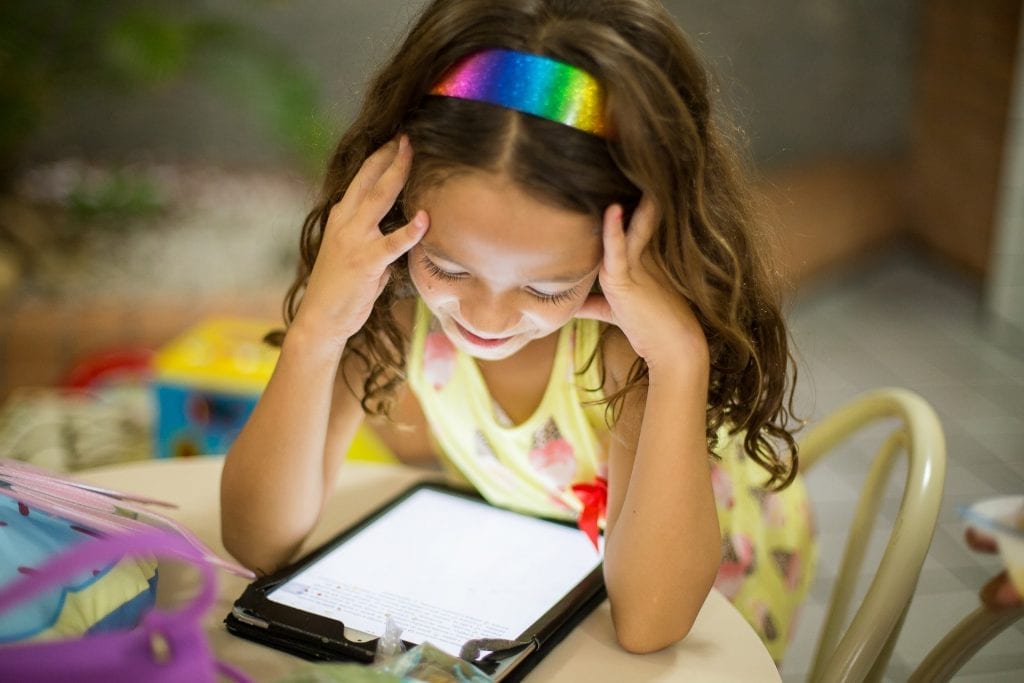When the Internet was first introduced to the public, very few people could have imagined how much society would come to depend on it. Imagine, now, navigating a global pandemic without the Internet. Does it not feel as though it would have been virtually impossible to function these past few months? But because of our reliance on the Internet to communicate, to work, to learn, and to socialize, now more than ever is the time to discuss digital citizenship.
What is Digital Citizenship?
Put simply, digital citizenship is defined as the impact one has through their actions online.
Put simply, digital citizenship is defined as the impact one has through their actions online. While online, people can be categorized as responsible or irresponsible citizens, depending on how they utilize the Internet. We see this nearly every day with the uptick in Internet personalities being “canceled” for harmful content, including that which promotes racist, sexist, and anti-LGBTQ+ rhetoric. One’s words online can make a permanent impact, so it is especially important to be mindful of digital behaviors.
Why is digital citizenship important?
Social media, while a major part of our lives today, is a fairly new concept in the grand scheme of things. With the Internet having been around for almost three decades, most Americans have served as pioneers of the online world, creating a digital presence without much guidance or education on how to do so properly. Consequently, a disturbingly large number of Americans have posted, shared, or sent something they now regret.
A 2015 study showed that 20% of respondents who reported social media regrets were millennials, the first generation to have grown up online. These children didn’t have the advantage of learning the do’s and don’ts of cyberlife from their elders. Instead, many learned about the dangers of cybersecurity, digital footprints, and the permanence of internet content too late to undo their mistakes.
According to the Child Safety Index, which includes data from 30 countries around the world, 60% of children face daily cyberthreats such as cyberbullying, inappropriate content, and interaction with dangerous individuals.
Now we’ve finally reached a point where parents can teach their children proper Internet etiquette based on years of experience, rules, and examples. This has not come a moment too soon, as much of our children’s interactions remain virtual.
Schools have recognized this opportunity with one Texas institution providing students with an infographic of guidelines for their online classes. Among these guidelines are interacting positively with other users, avoiding the release of private information, and regularly changing passwords for security purposes. Of course infographics only go so far in preventing what some refer to as a “cyber-pandemic”, a term which refers to the heightened risk children face from online threats.
“cyber-pandemic”, a term which refers to the heightened risk children face from online threats.
According to the Child Safety Index, which includes data from 30 countries around the world, 60% of children face daily cyberthreats such as cyberbullying, inappropriate content, and interaction with dangerous individuals.
How to Keep Your Children Safe
1. Keep Your Child’s Digital Footprint Small
Digital Footprint – the information about a particular person that exists on the internet as a result of their online activity.
Digital Footprint – the information about a particular person that exists on the internet as a result of their online activity.
Assuming your child has the advantage of a clean slate when it comes to social media, take extra care to ensure that the digital footprint she’s about to develop is as small as possible. Monitor the amount of personal information she puts online, and pay attention to the sites she is using, as many sites collect information about their users.
2. Reduce Your Own Digital Footprint
Take the time to backtrack and explore your own digital footprint. Maybe you have old email and social media accounts that you can deactivate or old posts that are better off deleted. Just like in the real world, being a responsible citizen positively impacts your child and gives her a clean slate to develop her own presence in the digital world.
3. Guide Your Child (With Some Help)
Many parents are diligent about checking their kids’ phones, but do not forget to check their computer/iPad activity. It might feel intrusive to go through her emails and chats, but this is often where kids’ most significant communication lies.
Unregulated screen time can quickly lead to disaster. Keep track of how she is spending her time and with whom she is interacting. Developers know how excruciating this process can be, which is why there are a multitude of online resources available to help you protect your child in the digital world. Many parents are diligent about checking their kids’ phones, but do not forget to check their computer/iPad activity. It might feel intrusive to go through her emails and chats, but this is often where kids’ most significant communication lies.
Where Can I Go For Help?
- Be Internet Awesome– This interactive experience by Google allows kids to practice online etiquette through a series of games and puzzles. They learn the do’s and don’ts and how to navigate scenarios that they will most certainly face in their future as Internet users.
- Common Sense Education– Common Sense Education’s digital citizenship program is a series of free lessons designed for K-12 students. The program is broken up by age group, so students can learn about situations that apply to them.
- Bark– This award winning app was designed based on research from psychology, media, and law enforcement experts as well as youth advisors. It remotely monitors your child’s texts, emails, and social media and alerts you of any potential problems. Bark is a certified way to keep tabs on your child without invading her privacy on a regular basis. Instead of reading her emails, Bark reads them for you and only involves you if/when a situation arises.
- Digital Citizenship App– Aimed at middle and high school students, this app contains a curriculum revolving around cybersecurity and digital etiquette.
- Family link– This service provided by Google allows you to monitor your child’s screen time. You are given the ability to approve app downloads and in-app purchases, as well as guide them towards appropriate content.
- Qustodio– This free app informs you of how much time kids spend on particular apps and websites. With qustodio, you are able to set your own limits in addition to the app’s built in content filter.
- Child Friendly Social Media– Facebook has taken it upon themselves to provide a new version of their messenger app designed specifically for underage users. Messenger Kids is just one of many social media outlets which feature extra protection from cyber threats aimed at children.
Child Friendly Social Media– Facebook has taken it upon themselves to provide a new version of their messenger app designed specifically for underage users. Messenger Kids is just one of many social media outlets which feature extra protection from cyber threats aimed at children.
Our children’s use of the Internet is inevitable. While embracing its opportunities for our kids, we must also protect them and teach them how to appropriately navigate its pros and cons. Hopefully this article has provided some options to help you keep your children safe online.

